Tretinoin 0.025% vs Alternatives: Choose Your Skincare Path
Select your skin type and goals to get personalized recommendations based on the article's comparison.
Key Takeaways
- Tretinoin 0.025% is the gold‑standard prescription retinoid for acne and photo‑aging but can cause irritation.
- Adapalene 0.1% offers similar efficacy with milder side‑effects, making it a good starter.
- Retinaldehyde, azelaic acid, niacinamide and benzoyl peroxide provide non‑prescription routes that work well for mild‑to‑moderate concerns.
- Tazarotene is a potent retinoid for severe acne but suits experienced users.
- Choosing the right option depends on skin type, tolerance, and treatment goals.
What is Tretinoin 0.025?
Tretinoin 0.025% is a topical formulation of all‑trans retinoic acid, the active metabolite of vitamin A. It is prescribed for acne, fine lines, and hyperpigmentation. The 0.025% concentration is the lowest strength typically offered in cream or gel, designed to reduce irritation while still delivering proven results.
How Tretinoin Works
The molecule binds to retinoic acid receptors (RAR‑α, RAR‑β, RAR‑γ) in the epidermis. This interaction triggers cell‑turnover, promotes collagen synthesis, and normalises keratinisation. In practical terms, clogged pores unclog faster, and skin surface renews every 4‑5 days instead of the usual 28‑30 days.
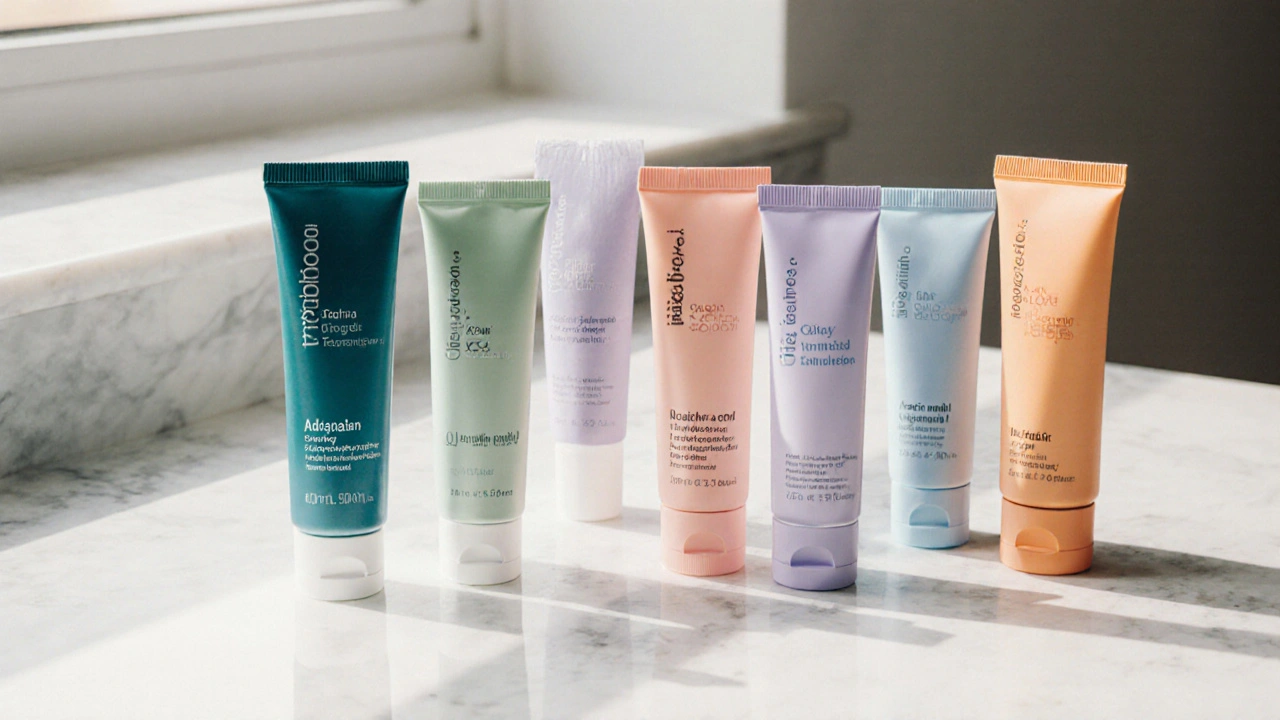
Common Concerns
First‑time users often report redness, peeling, and a sensation of tightness during the “retinoid irritation phase”. These effects usually subside after 4‑6 weeks of consistent use. Sensitive skin types should start with two‑times‑week applications and gradually increase frequency.
Top Alternatives
Below are the most widely recognised alternatives, each with its own niche.
- Adapalene 0.1% is a synthetic retinoid that targets acne with a lower irritation profile.
- Retinaldehyde 0.1% is a step‑up from retinol, converting to retinoic acid inside skin cells.
- Azelaic Acid 20% is a dicarboxylic acid that fights acne and rosacea while brightening.
- Niacinamide 5% (vitamin B3) calms inflammation and improves barrier function.
- Benzoyl Peroxide 5% is a bactericidal agent that reduces acne‑causing microbes.
- Tazarotene 0.1% is a high‑potency retinoid used for severe acne or psoriasis.
- Isotretinoin (oral) is a systemic retinoid for nodular cystic acne when topical options fail.
Side‑by‑Side Comparison
| Attribute | Tretinoin 0.025% | Adapalene 0.1% | Retinaldehyde 0.1% | Azelaic Acid 20% | Niacinamide 5% | Benzoyl Peroxide 5% | Tazarotene 0.1% |
|---|---|---|---|---|---|---|---|
| Prescription status | Prescription | Over‑the‑counter (OTC) in many markets | OTC | OTC | OTC | OTC | Prescription |
| Primary use | Acne, photo‑aging, hyperpigmentation | Acne, comedonal lesions | Anti‑aging, acne | Acne, rosacea, melasma | Barrier repair, redness | Acne (P. acnes reduction) | Severe acne, psoriasis |
| Typical irritation | Moderate‑high (peeling, redness) | Low‑moderate | Low‑moderate | Low | Very low | Moderate (dryness) | High (dryness, erythema) |
| Time to visible results | 4‑6 weeks | 6‑8 weeks | 8‑12 weeks | 4‑8 weeks | 4‑6 weeks (tone improvement) | 2‑4 weeks (lesion reduction) | 4‑8 weeks |
| Sun sensitivity | Increased | Increased (less than tretinoin) | Moderate | None | None | None | High |
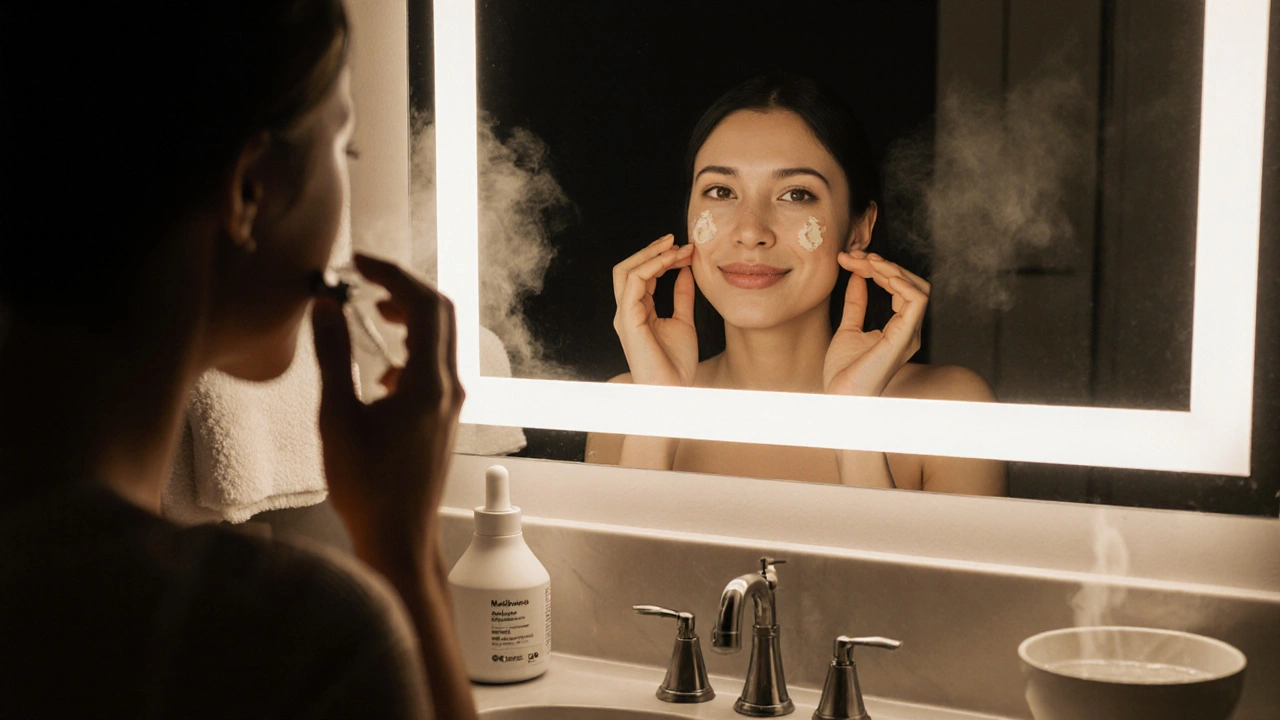
Choosing the Right Option
Answering three quick questions can point you toward the best fit:
- Is your skin prone to irritation? If yes, start with adapalene or niacinamide.
- Do you need a prescription for insurance coverage? Tretinoin and tazarotene may be covered, while OTC alternatives are out‑of‑pocket.
- What is your primary goal? Acne clearance benefits most from tretinoin, adapalene, or benzoyl peroxide. For hyperpigmentation without heavy peeling, azelaic acid or niacinamide shine.
For beginners with sensitive skin, a regimen that alternates Adapalene 0.1% with Niacinamide 5% often yields steady progress without the red‑face effect of full‑strength tretinoin.
Practical Tips for Using Tretinoin and Alternatives
- Always apply to clean, dry skin. Moisture can increase irritation.
- Start with two applications per week, then increase every 1‑2 weeks as tolerated.
- Pair with a gentle, fragrance‑free moisturizer. The "sandwich method" (moisturizer → retinoid → moisturizer) works well.
- Use a broad‑spectrum SPF 30+ daily. Sun exposure will undo weeks of progress.
- When combining actives, avoid layering two strong irritants (e.g., tretinoin + benzoyl peroxide) on the same night. Alternate evenings instead.
Frequently Asked Questions
Can I use Tretinoin 0.025% alongside Vitamin C?
Yes, but apply Vitamin C in the morning and Tretinoin at night. This separates potential pH conflicts and reduces irritation.
Is Adapalene as effective as Tretinoin for stubborn acne?
Adapalene works well for comedonal acne and mild inflammatory lesions. For severe or cystic acne, Tretinoin or tazarotene usually outperform it.
How long should I wait before switching from Tretinoin to an OTC alternative?
Give Tretinoin at least 8‑12 weeks to assess its full effect. If irritation remains high after that period, consider stepping down to adapalene or retinaldehyde.
Can pregnant women use any of these alternatives?
Pregnancy contraindicates oral isotretinoin and topical retinoids (tretinoin, adapalene, tazarotene). Azelaic acid and niacinamide are generally considered safe, but always check with a healthcare professional.
What’s the best way to minimize peeling when using Tretinoin?
Start with a pea‑sized amount every third night, use a hydrating cleanser, and follow with a ceramide‑rich moisturizer. The "skin‑tolerance" method often reduces visible peeling.

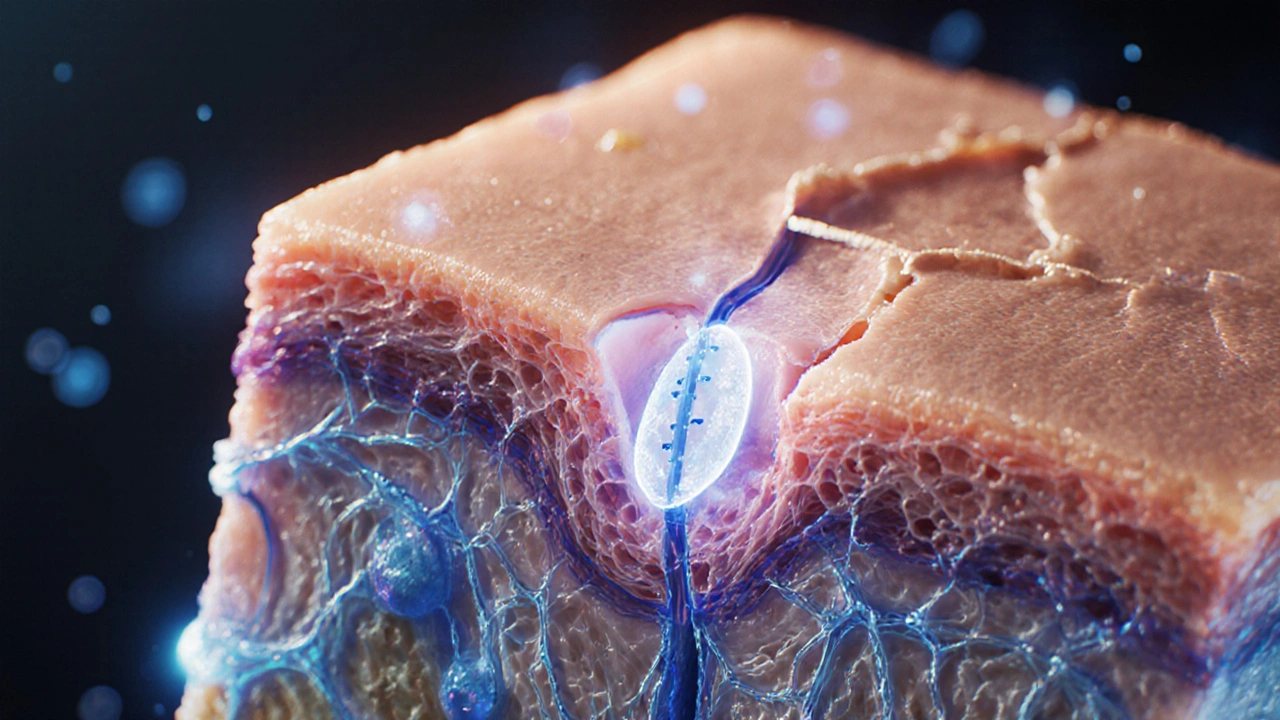
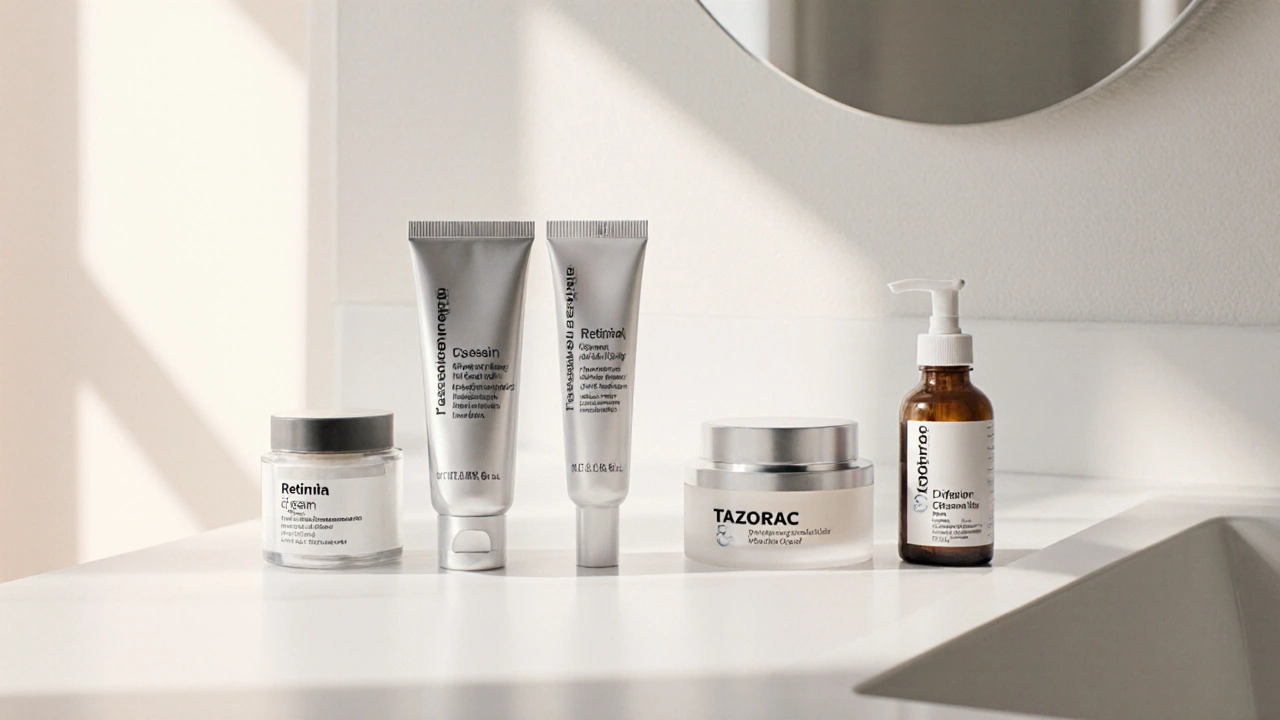
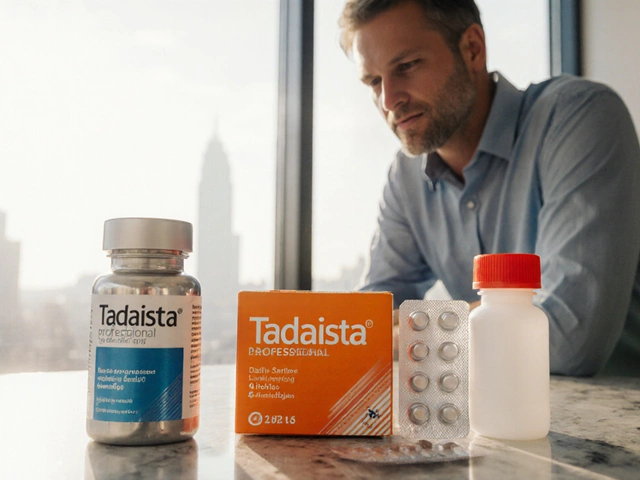

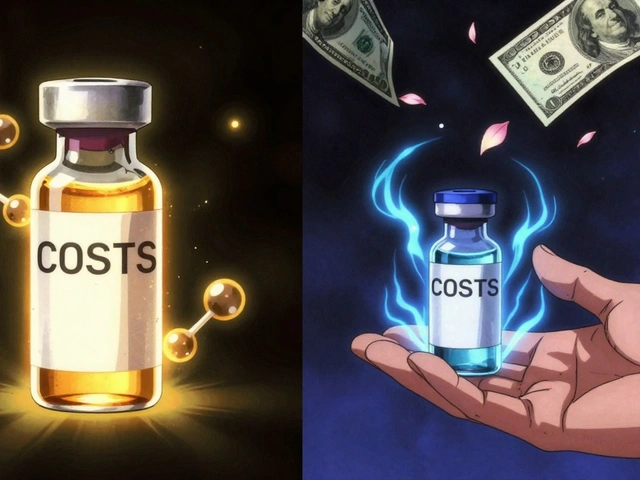
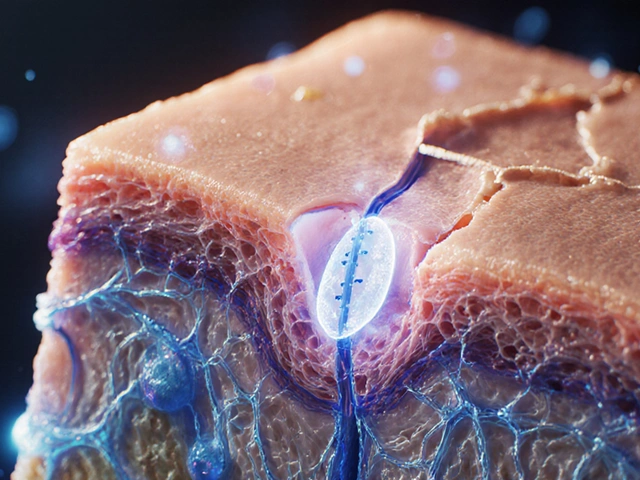

newsscribbles kunle
October 7, 2025 AT 15:26Listen up, folks – you can't just slather on a prescription retinoid without considering the moral weight of tearing up the skin barrier. Tretinoin is a potent drug, and using it irresponsibly is practically an assault on the genome of your epidermis. If you have a low irritation tolerance, the wise path is to start with the gentler adapalene or niacinamide and give your skin a chance to earn its keep. Remember, we owe it to our fellow humans to set a good example, because the ripple effect of a clear, healthy complexion spreads confidence across the community. Proudly keep your skin regimen disciplined, and don’t be the one who blazes a trail of redness for the sake of vanity.
Bernard Williams
October 8, 2025 AT 08:06Alright, strap in because navigating the retinoid landscape is like charting a treacherous yet rewarding sea of cellular turnover, and I’m here to be your seasoned captain. First off, the gold‑standard status of tretinoin 0.025% isn’t an accident; its proven efficacy in accelerating exfoliation stems from direct activation of retinoic acid receptors, which in turn stimulates collagen synthesis and normalises keratinisation. However, that same potency brings a side‑effect profile that can feel like a fiery dragon if you jump in head‑first without a proper acclimation plan. The recommended “two nights a week” starter regimen is not a suggestion but a scientifically backed protocol to temper the inflammatory response while still reaping the benefits. Pairing tretinoin with a ceramide‑rich moisturizer using the “sandwich” method – moisturizer, retinoid, moisturizer – creates a barrier shield that mitigates dryness and peeling. Don’t underestimate the power of a gentle, fragrance‑free cleanser; harsh surfactants will only strip the lipid barrier you’re trying to protect. If you experience persistent erythema beyond the initial four‑to‑six weeks, consider tapering the frequency or swapping to a lower‑irritation alternative like adapalene 0.1% or retinaldehyde 0.1%. Those options still engage the retinoid pathway but convert more gradually, offering a smoother learning curve for sensitive skin types. When your primary goal is anti‑aging, you might be tempted to push tretinoin to nightly use, but that aggressive schedule often backfires, leading to rebound irritation and compromised compliance. A smarter move is to alternate tretinoin nights with antioxidant‑rich serums such as vitamin C in the morning, which not only protects against UV‑induced free radicals but also complements the collagen‑boosting effects of the retinoid. Remember to lock in broad‑spectrum SPF 30+ every single day – sun exposure without protection will undo weeks of progress and can even accelerate photo‑aging. For hyperpigmentation, the synergy between tretinoin and brightening agents like azelaic acid 20% can be a game‑changer, but introduce them on separate evenings to avoid compounding irritation. Now let’s talk economics: prescription tretinoin may be covered by insurance, but the out‑of‑pocket cost can still be a barrier for many. In those cases, a judicious combination of over‑the‑counter adapalene and niacinamide can approximate the results at a fraction of the price, especially when you adhere strictly to the skincare pyramid of cleansing, treating, moisturizing, and sun protection. Finally, patience is your most valuable ingredient – cellular turnover is a slow dance, and visible results typically emerge after 4‑6 weeks of consistent use. Stick with the regimen, listen to your skin’s feedback, and you’ll reap the long‑term payoff of smoother texture, diminished fine lines, and a radiant, confident glow.
Michelle Morrison
October 9, 2025 AT 00:46It is evident that the mainstream dermatological narrative surrounding tretinoin is meticulously engineered by pharmaceutical conglomerates seeking to monopolize skin health. The so‑called “gold‑standard” claim conveniently masks the hidden agenda of profit maximisation, while quietly sidelining natural, time‑tested alternatives that have been suppressed for generations. One must question why the industry pushes a prescription retinoid with a notorious irritation profile, yet promotes over‑the‑counter “gentle” actives that barely scratch the surface of true cellular rejuvenation. The covert partnership between regulatory bodies and big pharma ensures that the public remains oblivious to the fact that simple ingredients like niacinamide have been unjustly relegated to the periphery of elite skincare discourse. In light of this, I advocate a discerning approach that privileges independent research over corporate‑sponsored hype.
harold dixon
October 9, 2025 AT 17:26I totally get why many people feel overwhelmed by the sheer number of retinoid options out there, so I wanted to share a practical way to narrow it down. If your skin is on the sensitive side, start with a low‑dose adapalene or even a niacinamide serum; they’re known for being kind to the barrier while still offering noticeable improvements. For those comfortable with a bit more irritation, tretinoin 0.025% can be introduced slowly – think two nights a week, then up‑titrate as tolerated. Pairing any retinoid with a rich, fragrance‑free moisturizer will help keep dryness at bay, and never skip sunscreen during the day because retinoids increase photosensitivity. Ultimately, listening to your skin’s response and adjusting the routine accordingly is the best guide.
Darrin Taylor
October 10, 2025 AT 10:06Honestly, the whole hype about tretinoin being the “ultimate” anti‑aging weapon is just another marketing ploy riding on outdated data. Many of the studies cited are funded by the very companies selling the cream, so you have to take their conclusions with a grain of salt. In reality, you can achieve comparable results with much cheaper, over‑the‑counter actives that don’t carry the same risk of severe irritation or long‑term skin barrier damage. If you’re looking to save money and avoid the side‑effects, stick to a solid regimen of niacinamide and azelaic acid – they’re effective, safe, and won’t empty your wallet.
Anthony MEMENTO
October 11, 2025 AT 02:46Tretinoin is essentially the king of retinoids it works by binding to RAR receptors which stimulates collagen production and cell turnover the dosage 0.025% is considered low and is effective for most skin types however the irritation factor cannot be ignored mild redness is common you can mitigate this by using the sandwich method with a moisturizer the alternative adapalene provides a similar mechanism of action but with a lower irritation profile some dermatologists even recommend starting with adapalene before moving to tretinoin for better tolerance many patients also benefit from combining tretinoin with vitamin C in the morning to enhance antioxidant protection but be careful not to layer two potent actives at night and always wear SPF 30+ during the day to protect the newly revealed skin cells
aishwarya venu
October 11, 2025 AT 19:26Hey friends let’s stay positive about our skin journeys because progress is always possible even if the road seems bumpy at first We can start with a gentle approach using niacinamide which soothes while we gradually introduce tretinoin the key is consistency and patience and don’t forget a good moisturizer and sunscreen are your best buddies for protecting the skin barrier together we can achieve smoother texture and a radiant glow
Nicole Koshen
October 12, 2025 AT 12:06I noticed a couple of points that could use a quick grammar polish: instead of “the skin’s feedback” you might say “the skin’s feedback.” Also, the phrase “peeling and redness” could be hyphenated as “peeling‑and‑redness” for clarity. Regarding style, mixing short and long sentences works well to keep readers engaged; for example, “Start slow, then increase frequency as tolerated.” Finally, remember to use an Oxford comma in lists like “cleanser, moisturizer, and sunscreen” to avoid ambiguity.
Ed Norton
October 13, 2025 AT 04:46Great rundown, very helpful.
Karen Misakyan
October 13, 2025 AT 21:26From a philosophical standpoint, the pursuit of dermal perfection via tretinoin encapsulates the classic dialectic of thesis and antithesis, wherein the promise of cellular rejuvenation (thesis) confronts the inevitable irritation and barrier disruption (antithesis), ultimately synthesising a balanced regimen that respects both efficacy and physiological integrity. This Hegelian progression underscores the necessity of moderated application, adjunctive moisturisation, and vigilant photoprotection, thereby elevating the practice from mere cosmetic endeavour to a conscientious act of self‑care grounded in ethical stewardship of one’s corporeal vessel.
Amy Robbins
October 14, 2025 AT 14:06Oh wow, another “miracle” cream that promises to erase years of existence while simultaneously turning your face into a flaky desert – because who doesn’t love a good rash? Let’s all bow down to the almighty tretinoin, the saint of irritation, and forget that a simple niacinamide serum could keep us from looking like a tomato. Sure, the “gold‑standard” label is just a badge of honor for those who enjoy paying premiums for the privilege of peeling. And don’t even get me started on the sunscreen requirement; apparently the sun is our mortal enemy now. Thanks for the reminder that beauty truly costs us our comfort.